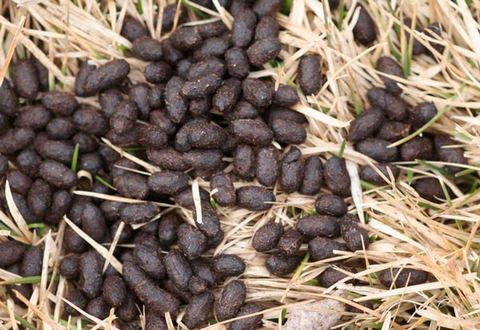Starting to get a little cabin fever this winter? We've got a list of activities to keep you busy for the rest of Minnesota's longest season! Each week we will share a new nature activity for you to try in order to beat the cold and enjoy the great outdoors.
Make sure you bundle up, and use your best judgment on those super chilly days—when the temps dip dangerously low, consider indoor nature activities instead.
We've already practiced our tracking skills during the 12 weeks of winter. Now it's time to see what other clues animals leave behind for us to discover.
Head out to your favorite wildlife viewing spot and look for signs that the vegetation has been disturbed. Look for matted down areas where animals may have taken a rest; broken branches or twigs from moving through the brush; scratch or rub markings from antlers or horns; or maybe you'll spot chewed tree branches, twigs or other herbaceous plants that may be sticking out of the snow.
Once animals eat they will leave behind telltale signs that they've been there. Look in disturbed areas and tracks to see if you can find any scat. Wondering what animal left a scat pile behind? Some species are fairly easy to identify based on their droppings. Read "What Pooped Here?" to learn some common scat ID. Sometimes a scat pile will even tell you what the animal has been eating—it may contain seeds, fur or bones. But always use caution when observing scat as it can contain diseases.


